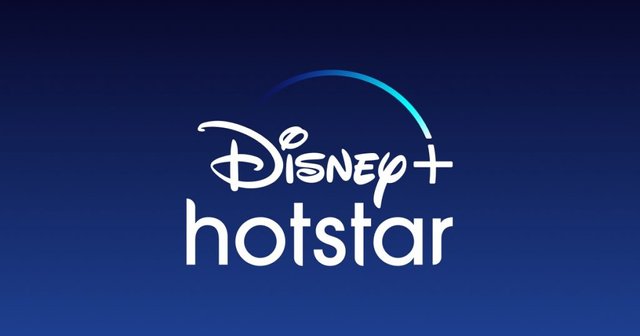
As soon as the next IPL season begins, the growing streaming and TV company, which is a joint venture between Indian conglomerate Reliance Industries, Paramount Global, and Bodhi Tree Systems, the investment firm backed by James Murdoch and Uday Shankar, will see an overnight surge in Indian video subscribers. However, the company paid a high price for the privilege: $2.6 billion (205 billion rupees) for the digital rights to the league in India from 2023 to 2027.
Star Sports will stream IPL in TV for next 5 years in India (2023-27). They bought TV rights for whooping ₹23,575 crore.
The Indian TV rights to the IPL for the following five years are said to have been sold for an additional $3 billion (235.75 billion rupees) to a second entity, but the winner has yet to be announced. Bidding on two more rights packages — outside India, TV and digital broadcast rights; and non-exclusive rights for select matches, including the tournament opener and some knockout games — is still ongoing and could last until Tuesday.
During the previous 2017-2022 cycle, Star India, which is now owned by The Walt Disney Company, paid around $2.5 billion (163.5 billion rupees) for all digital and television rights to the league.
The auction’s organisers, the Board of Control for Cricket in India, decided to split the media rights into four packages this time around, a plan that appears to be paying off handsomely.
Despite U.S. IT giants Amazon, Alphabet, and Apple choosing to sit on the sidelines at the last minute, the auction began on Sunday and has seen a strong bidding war. Viacom18, Disney’s Star India, and Sony Pictures Networks India led the bidding, with India’s pay-TV network Zee also bidding for digital rights.
DisneyHotstar
The IPL is the most popular sport in the world’s second-most populated country, and it is regarded as the crown jewel of sports rights in cricket-crazed India, similar to the NFL in the United States.
Having the rights is thought to provide an instant boost for both TV and internet consumption in India, a country that IT and entertainment behemoths are eyeing as a key long-term growth opportunity.
The high price tag, on the other hand, is likely to have given some of the deep-pocketed media firms competing for it pause. The spotlight was particularly on Disney, with some analysts suggesting that, given the rising cost of rights and recent reassessments of the direct-to-consumer model’s economics, the Mouse House might play it safe.
IPL cricket has been hailed as the cornerstone of Disney+ Hotstar’s dominance in the massive Indian streaming market, with the service accounting for around 43 million users in the most recent financial quarter, accounting for a stunning 30% of Disney+’s global subscriber base. However, the House of Mouse was likely forced to let the rights go due to the difficult economics of the Indian streaming business. If we talk globally, Disney earned only 76 cents a month per Indian customer in the second quarter, compared to $6.32 in North America and $6.35 in international markets outside India. Many Disney analysts had urged Bob Chapek, the company’s CEO, to approach the auctions with financial discipline.
